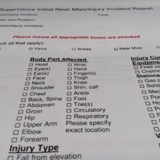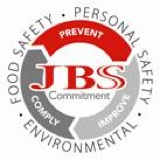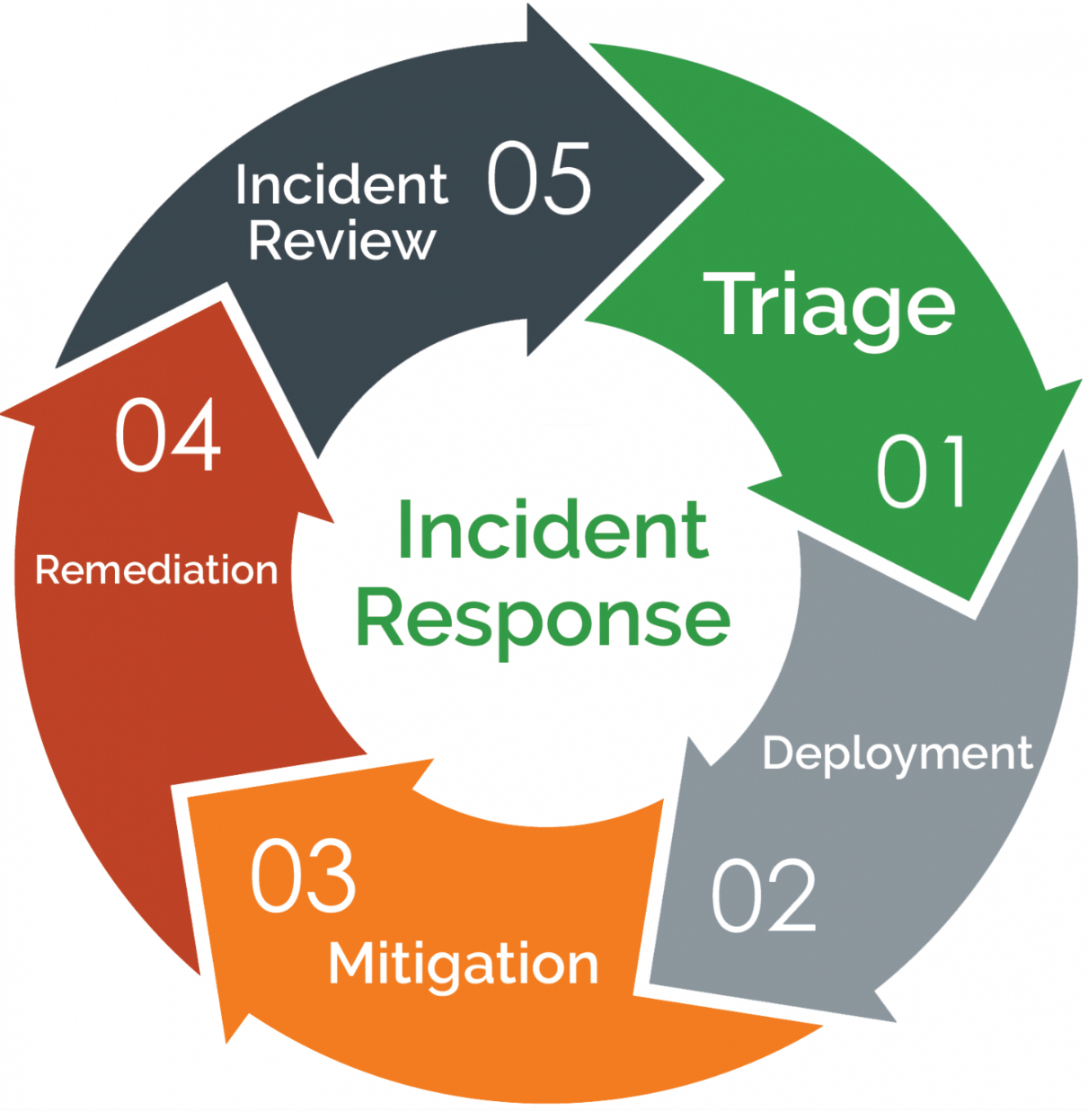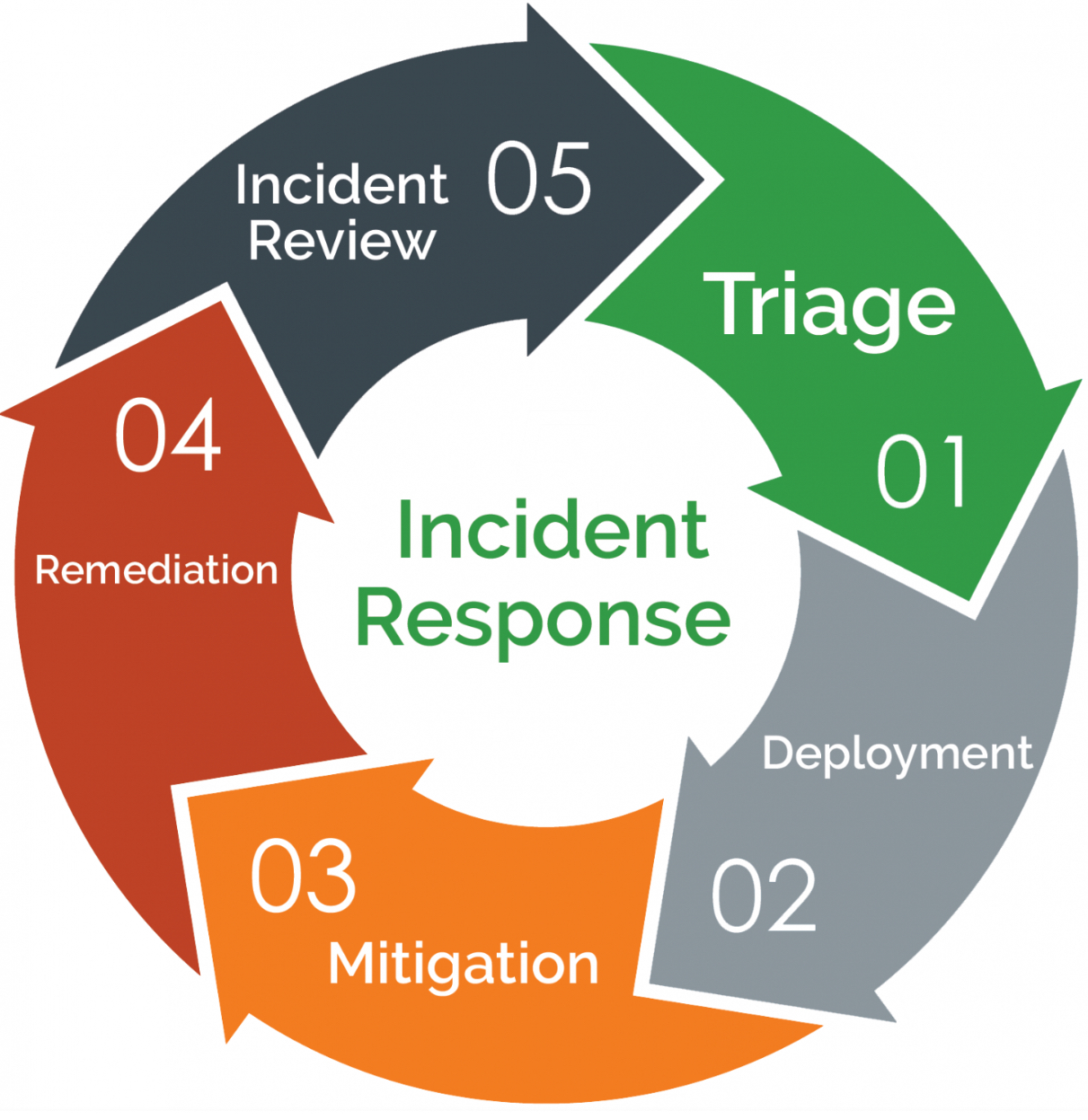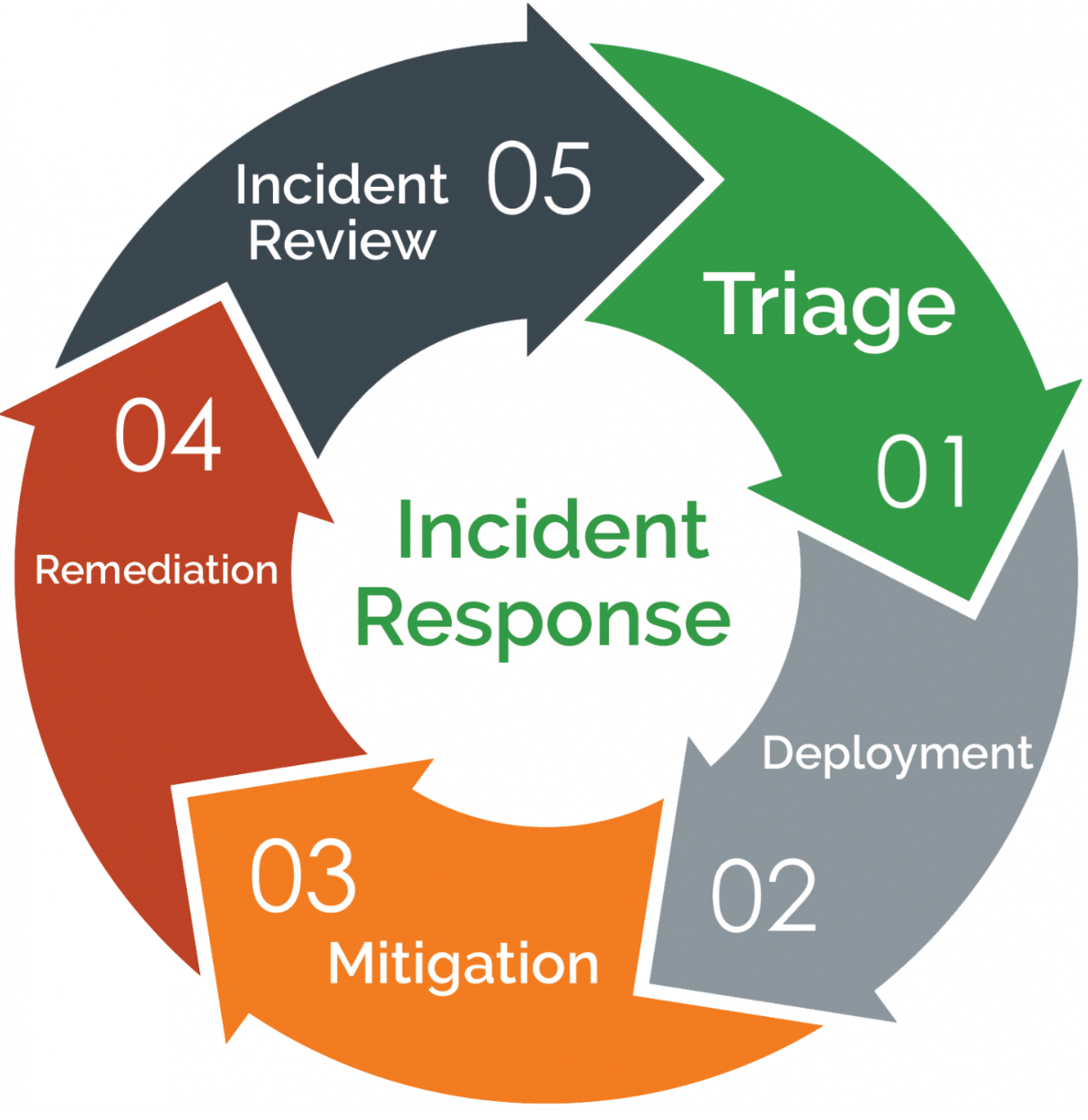Information
-
Document No.
-
Audit Title
-
Client / Site
-
Conducted on
-
Prepared by
-
Location
-
Personnel
Incident Investigation
-
NOTE: Do not move anything prior to the investigation. Take pictures from all appropriate angles.
-
Take as many photos of the scene as possible.
-
Describe, in detail, what occurred. Include the exact task being done (include any tools, machinery or equipment being used and comment on condition):
-
What type of incident occurred?
- Fire
- Spill
- Injury
- Illness
- Near Miss
- Property Damage
-
Date and time of incident
-
Date and time injured employee began work
-
Affected Employee and Position:
-
Location of near miss/injury incident:
-
Employment Status of Injured Person
-
Severity
- Near miss
- First Aid
- Medical Only
- Restricted Work
- Lost Time
- Fatality
-
Nature of Injury
- Amputation/avulsion
- Fracture/dislocation/crush
- Cut/scrape/puncture
- Sting/bite
- Bruise/contusion
- Irritation
- Hernia/rupture
- Sprain/strain
- Burn-chemical
- Burn-thermal or electrical
- Suffocate/drown/asphyxiated
- Concussion/unconscious
- Poisoning-acute
- Ergonomic issue (sprain, strain)
-
Body Parts Affected
- Head
- Eye(s)
- Ear(s)
- Face
- Neck
- Shoulder
- Chest
- Back, Spine
- Abdomen
- Groin
- Hip
- Upper Arm
- Elbow
- Forearm
- Wrist
- Hand
- Fingers(s)
- Thigh
- Knee
- Shin, calf
- Ankle
- Foot
- Toe(s)
- Circulatory
- Respiratory
-
Injury Type
- Fall from elevation
- Fall, same level
- Slip or trip without fall
- Struck against object
- Struck by object
- Caught in, under, or between
- Overexertion
- Public or contracted transportation
- Motor vehicle
- Drowning, buried
-
Injury Type (Contact by):
- Chemical(s)
- Electricity
- Temperature Extremes
- Noise
- Other physical agents
- Animal, insect
-
Injury Company/Involved Equipment
- Fired vessel-boiler, incinerator
- Chemical Process
-
Stationary Powered Equipment
- Gas or liquid handling
- Solids handling
- Mechanical power transmission
- Portable equipment
- Hoist, cranes, lifting equipment
- Power presses, brakes, shears
- Powered saws
- Drills, screw machines, boring bar
- Fastening equipment
-
Vehicles
-
Miscellaneous
- Piping hoses, valves & fittings
- Drums, boxes, pails, cylinders
- Ladders, scissor lift, scaffolding
- Floor, stairs, working surfaces
- Tools-hand (knives, wrenches)
- Electrical distribution systems
- Office Equipment
- Lab equipment
- Machine/maintenance shop
- Unknown
- Other
-
Procedures
- Failure to follow written procedures or rules
- Confined space procedure not followed
- Hot work procedure not followed
- lockout/Tagout procedure not followed
- Written procedures not available
- Incomplete/outdated procedures
- Other
-
Personal Protective Equipment
- Failure to use appropriate PPE
- Appropriate PPE not specified
- Appropriate PPE not available
- Employee improperly trained on PPE
- PPE not used properly
-
Ergonomic Considerations
- Static work
- Direct pressure
- Duration
- Position
- Type of grip
- Force
- Vibration
- Tool design/Weight
- Repetition
- Physical characteristics
-
Was on-site first aid treatment given?
-
Who administered first aid?
-
What first aid was performed? (Ice, bandage, anti-bacterial cream, etc.)
-
Is the employee requesting/in need of medical attention? Tap Here to enter details.
-
Immediately Contact Jeff Schlagel (920) 344-3420, Shelly Cupery (920) 296-0307, and Department Manager.
-
Date:
-
Start Time:
-
End Time:
-
Name of Person Reporting Spill:
-
HAZMAT First Responders:
-
Location of spill:
-
Source of spill:
-
Contact Tim Rivers and or Department Manager.
Safety Precautions
-
Sources Removed That Could Cause Fire or Explosions:
-
Evacuated Spill Area
-
Barricade Spill Area
-
Warning Signs Placed
-
What material Spilled?
- 1642 SOLVENT -04R08UNTA1642- 7.2 LBS-GAL
- 1042 EA SOLVENT -04R08HYTA1042- 7.5 LBS-GAL
- 1497 EXT/PAPER - Foil -04R17CR0A1497- 8.06 LBS-GAL
- 1512 LAC -04R09SNPA1512- 8.4 LBS-GAL
- 1675 SOLVENT -04R08UNTA1675- 7 LBS-GAL
- 1899 LAM WHITE -04R17CRQC1899-
- 1855 GPF EXT -04R17CROC1855- 7.4 LBS-GAL
- FOIL WHITE -04R17CRQA2047-
- 1308 SOLVENT -04R08UNTA1308- 6.8 LBS-GAL
- DB ADH (PB6370) -04R06PSKD1257-
- 1104 SOLVENT -04R08UNTC1104- 6.7 LBS-GAL
-
~ 2 minutes / 1 Pump Stroke_104SA_ETHYL ALCOHOL (ETHANOL)_20%_1000 ppm_3300 ppm_55 deg F_19.0%_3.3%
~ 1.5 minutes / 1 Pump Stroke_111U_ETHYL ACETATE_40%_400 ppm_2000 ppm_24 deg F_11.5%_2.0%
~ 1.5 minutes / 1 Pump Stroke_151U_N-PROPYL ACETATE_40%_200 ppm_1700 ppm_55 deg F_8.0%_1.7% -
~ 1.5 minutes / 1 Pump Stroke_111U_ETHYL ACETATE_100%_400 ppm_2000 ppm_24 deg_11.5%_2.0%
-
~ 1.5 minutes / 1 Pump Stroke_111U_ETHYL ACETATE_60-90%_400 ppm_2000 ppm_24 deg F_11.5%_2.0%
~ N/A NITROCELLULOSE_5-10% -
~ 2 minutes / 1 Pump Stroke_124SA_TOLUENE_39%_100 ppm_500 ppm_40 deg F_ 7.1%_1.1%
~ XYLENE_6%_100 ppm_900 ppm_90deg F_6.7%_9.0%
~ 1.5 minutes / 1 Pump Stroke_150U_N-PROPYL ALCOHOL (N-PROPANOL)_3%_200 ppm_800 ppm_72 deg F_13.7%_2.2%
~ ETHYL BENZENE_1%_100 ppm_800 ppm_55deg F_6.7%_0.8%
-
~ 1.5 minutes / Pump Stroke_111U_ISOPROPYL ACETATE_9-47%_250 ppm_1800 ppm_36 deg F_8%_1.8%
~ 2 minutes / Pump Stroke_104SA_ETHYL ALCOHOL (ETHANOL)_9-44%_1000 ppm_3300 ppm_55deg F_19%_3.3%
~ 1.5 minutes / Pump Stroke_151U_N-PROPYL ACETATE_9.25%_200 ppm_1700 ppm_55 deg F_8.0%_1.7% -
~ 1.5 minutes / Pump Stroke_111U_ETHYL ACETATE_10-30%_400 ppm_2000 ppm_24 deg F_11.5%_2.0%
~ 1.5minutes / Pump Stroke_151U_N-PROPYL ACETATE_5-10%_200 ppm_1700 ppm_55 deg F_8%_1.7%
~ N-PROPYL ALCOHOL (N-PROPANOL)_3.7%_200 ppm_800 ppm_72 deg F_13.7%_2.2% -
~ 1.5 minutes / Pump Stroke_151_ISOPROPYL ACETATE_40%_200 ppm_1700 ppm_55 deg F_8%_1.7%
~ 2 minutes / Pump Stroke_104SA_ETHYL ALCOHOL (ETHANOL)_30%_1000 ppm_3300 ppm_55deg F_19%_3.3%
~ 1.5 minutes / Pump Stroke_150U_N-PROPYL ACETATE_30%_100 ppm_800ppm_72 deg F_13.7%_2.2% -
~ 1.5 minutes / Pump Stroke_111U_ISOPROPYL ACETATE_10-30%_250 ppm_1800 ppm_36 deg F_8.0%_1.8%
~ 1.5 minutes / Pump Stroke_151U_N-PROPYL ACETATE_10-30%_200 ppm_1700 ppm_55 deg F_8%_1.7%
~ NITROCELLULOSE_10-30%
1.5 minutes / Pump Stroke_150U_ISOPROPYL ALCOHOL_3-7%_400 ppm_2000 ppm_53% F_12.7%_2.0% -
~ 2 minutes / Pump Stroke_104SA_ETHYL ALCOHOL (ETHANOL)_9-43%_1000 ppm_3300 ppm_55 deg F_19.0%_3.3%
~ 1.5minutes / Pump Stroke_151U_N-PROPYL ACETATE_9-25%_200 ppm_1700 ppm_55 deg F_8%_1.7%
~ 1.5 minutes / Pump Stroke_150U_ISOPROPYL ALCOHOL_9-33%_400 ppm_2000 ppm_53 deg F_12.7_2.0%
~ ALIPHATIC HYDROCARBON MIXTURE_9-13% -
~ 1.5 minutes / 1 Pump Stroke_111U_ETHYL ACETATE_99%_400 ppm_2000 ppm_24 deg_11.5%_2.0%
-
~ 2 minutes / Pump Stroke_104SA_ETHYL ALCOHOL (ETHANOL)_85%_1000 ppm_3300 ppm_55 deg F_19.0%_3.3%
~ 1.5minutes / Pump Stroke_150U_ISOPROPYL ALCOHOL_14%_400 ppm_2000 ppm_53 deg F_12.7%_2.0%
~ 1.5 minutes / Pump Stroke_151U_N-PROPYL ACETATE_1%_200 ppm_1700 ppm_55 deg F_8.0%_1.7% -
Review MSDS For Hazards and Exposure Limits:
Selected PPE
-
Tryhem Suit
-
Boot Covers
-
Nitrile Gloves
-
Goggles
-
Face Shield
Air Monitoring - Initial Readings
-
Time:
-
Temperature:
M40 Multi Gas Monitor
-
CO:
-
H2S:
-
O2:
-
LEL:
Sensydine Gas Detector
-
Ethyl Acetate ppm:
-
Reading:
-
Ethyl Alcohol ppm:
-
Reading:
-
Isopropyl Acetate ppm:
-
Reading:
-
Isopropyl Alcohol ppm:
-
Reading:
-
N-Propyl Acetate ppm:
-
Reading:
-
N-Propyl Alcohol ppm:
-
Reading:
-
Toluene ppm:
-
Reading:
-
Nitrocellulose ppm:
-
Reading:
-
Clean
-
Exhaust
-
Call Outside HAZMAT
Exhaust
-
Ventilation Blower
-
Intrinsically Safe Fan
-
Foam Extinguisher
-
How Was The Spill Exhausted?
Air Monitoring - After Exhausting
-
Time:
-
Temperature:
M40 Multi Gas Monitor
-
CO:
-
H2S:
-
O2:
-
LEL:
Sensydine Gas Detector
-
Ethyl Acetate ppm:
-
Reading:
-
Ethyl Alcohol ppm:
-
Reading:
-
Isopropyl Acetate ppm:
-
Reading:
-
Isopropyl alcohol ppm:
-
Reading:
-
N-Propyl Acetate ppm:
-
Reading:
-
N-Propyl Alcohol ppm:
-
Reading:
-
Toluene ppm:
-
Reading:
-
Nitrocellulose ppm:
-
Reading:
-
Clean
-
Call outside HAZMAT
Clean
-
Employees Cleaning Spill:
-
Time:
-
Temperature:
-
Good way Vacuum
-
Absorbent Pads
-
Spill Booms
-
Rags
-
LSS Spill Kit
-
Battery Acid Spill Kit
-
How Was Spill Contained and Cleaned?
-
lbs. Of Waste Cleaned:
-
LBS-GAL
- 1642 SOLVENT -04R08UNTA1642- 7.2 LBS-GAL
- 1042 EA SOLVENT -04R08HYTA1042- 7.5 LBS-GAL
- 1497 EXT/PAPER - Foil -04R17CR0A1497- 8.06 LBS-GAL
- 1512 LAC -04R09SNPA1512- 8.4 LBS-GAL
- 1675 SOLVENT -04R08UNTA1675- 7 LBS-GAL
- 1899 LAM WHITE -04R17CRQC1899-
- 1855 GPF EXT -04R17CROC1855- 7.4 LBS-GAL
- FOIL WHITE -04R17CRQA2047-
- 1308 SOLVENT -04R08UNTA1308- 6.8 LBS-GAL
- DB ADH (PB6370) -04R06PSKD1257-
- 1104 SOLVENT -04R08UNTC1104- 6.7 LBS-GAL
-
A Waste
-
# of Barrels:
-
B Waste
-
# of Barrels:
-
C Waste
-
# of Barrels:
-
Location of Waste Drums:
Air Monitoring - Continuous
-
M40 readings should be recorded every 20 minutes. Toxicity should be checked and recorded every 1 hour with the Sensidyne Gas Tubes, unless conditions change that warrent immediate attention
-
1 hour period
Air Monitoring
-
Time:
-
Temp:
M40 Multi Gas Monitor
-
CO:
-
H2S:
-
O2:
-
LEL:
-
Time:
-
Temp
M40 Multi Gas Monitor
-
CO:
-
H2S:
-
O2:
-
LEL:
-
Time:
-
Temp:
M40 Multi Gas Monitor
-
CO:
-
H2S:
-
O2:
-
LEL:
-
Time:
-
Temp:
Sensydine Gas Detector
-
Ethyl Acetate ppm:
-
Reading:
-
Ethyl Alcohol ppm:
-
Reading:
-
Isopropyl Acetate ppm:
-
Reading:
-
Isopropyl Alcohol ppm:
-
Reading:
-
N- Propyl Acetate ppm:
-
Reading:
-
N-Propyl Alcohol ppm:
-
Reading:
-
Toluene ppm:
-
Reading:
-
Nitrocellulose ppm:
-
Reading:
Review of Spill Area
-
Refer to ESOP-6012 EPCRA to determine if regulatory reporting is required)
-
Is there any indication that the spill leaked or penetrated into the soil?
-
Comment:
-
Is there any indication that the spill has leaked into the storm sewer?
-
Comment:
-
Additional Comments:
-
Date and Time:
-
Witness Statement
-
Witness name?
-
Telephone Number
-
Occupation
-
Date and time of injury
-
Location where injury occurred.
-
Description of what you saw.
-
Who or what caused the accident/injury?
-
In your opinion what body parts were injured?
-
Was there anything that could have been done to prevent injury?
-
What could have been done?
-
Did anything appear suspicious about the incident?
-
What was suspicious?
Root Cause
-
What was the root cause of this incident?
Immediate Corrective Actions:
-
Enter corrective actions taken to prevent immediate reoccurrence. Enter suggestions for future corrective actions.
Finalization
-
Employee Signature
-
Preparers Signature
